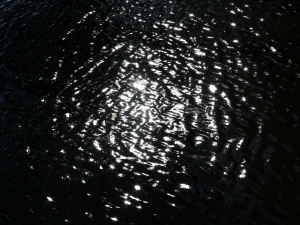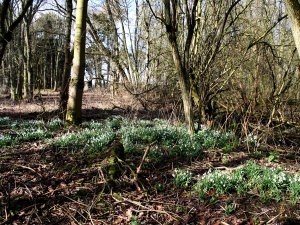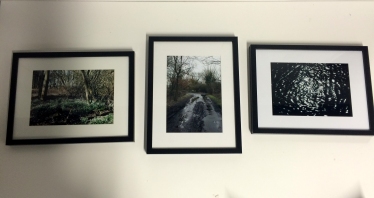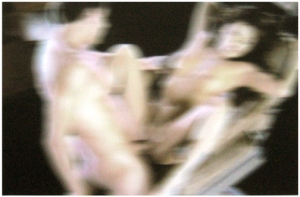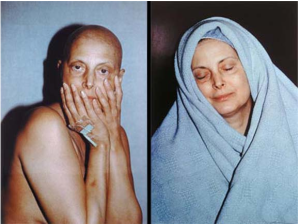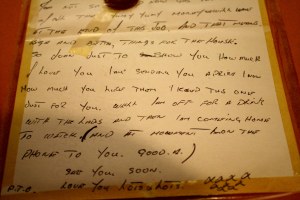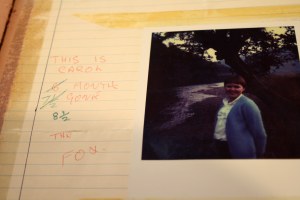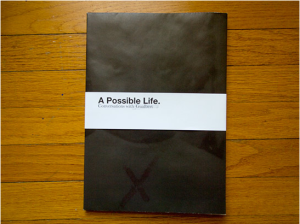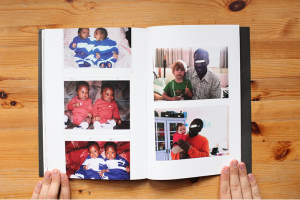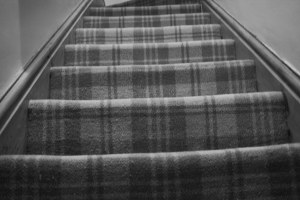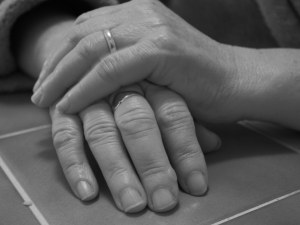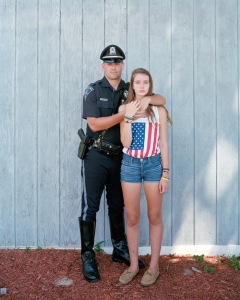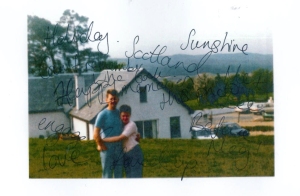Meg Quick 5020036
Critical Rationale
Elle a vu le loup is a body of work that began last year when I decided to research into original fairytales and the meanings behind them. I decided to focus only on Little Red Riding Hood. The story is iconic, and I particularly wanted to look into the French version written by Charles Perrault. I really enjoyed the research process and discovering the true meanings of this story however I feel that I could have gone more in depth with research and potentially could have done more than one story. The reason I decided to focus on one story was so that I could focus all my attention on it and explore it as much as possible. There were so many different avenues and ideas about what the story could mean however most of what I researched about the story was that of a feminist point of view. Many believed that Little Red should be allowed to walk alone and we shouldn’t have to fear the “wolves”.
The interpretation I took on of the story was that the “wolf” represented a man in pursuit of the girl’s virtue and that the red cloak represents Red becoming a woman. The story was originally used as a warning to young girls of the dangers of men once they were women. I decided to research into the effect that the male gaze has on women today and found a lot of references to female objectification. Once I’d done the research into the story I had decided I was going to collect stories to compare. But after much debate I decided that this was too obvious and I didn’t want to veer away too much from my original plan, I also tried the stories alongside my own photographs to see what it looked like and I feel that it didn’t really represent what I was trying to say nor did it look good alongside the photographs.
One thing that I decided when taking the photos for this project was that I never wanted the models face to be seen. I wanted people to relate to the story themselves. It became clear to me throughout the term that the photographs we’re missing something and that I wasn’t telling enough of the story. I had plenty of images which could represent the middle of the story however not enough of the beginning and end. I decided to experiment with technical processes and even changed the style that I shot the model in as well. The final images tell the 3 pivotal parts of the story, Red putting on the cloak, the walk through the woods and the ending where she has slept with the wolf and been killed.
I decided to keep my instillation idea quite simple. The photographs are in white frames with white mounts. I chose white so that the colour within my images would really stand out and so that the frames would not detract from the image.
Overall I think that the project has been incredibly successful and I feel that I have represented the story the best that I could and visually I’m so proud of the work I achieved. The images themselves are better than what I expected to create and I’ve thoroughly enjoyed the whole research process.
